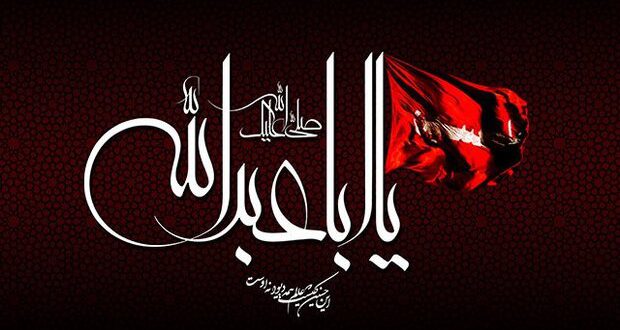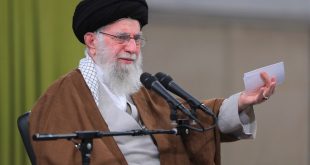by Dr Chris Hewer: There was to be no respect shown to the party of Hussain, even after they were dead. The soldiers were given orders to ride their horses over the bodies and smash them into the sand. They were to be denied the dignity of burial. The women and children were taken into captivity in chains. They were taken – along with the head of Hussain – to Kufa where they were humiliated and ridiculed.
Then they were taken to Damascus as prisoners and further subjected to ridicule and taunts. In the party were Zaynab (SA), the sister of Imam Hussain (AS), and his only surviving son, who was sick on the day of battle and so could not take part. This son,Imam Ali ibn Hussain (AS), also known as Zayn Al-Abidin (AS), was now the Fourth Imam of the Muslim community. After some time in Damascus, they were set free and allowed to return to Madina, where they lived a quiet non-political life.
Commemoration
The events of the first ten days of Muharram are remembered every year in solemn commemoration. Each night the Shia Muslims gather and re-tell the events of that day. There is deep mourning and people are brought to tears by recalling the tragedy. Many people, especially the women, wear black mourning clothes and black drapes are hung in mosques and community halls. This is a time of reflection on one’s own life and re-dedication to the spirit of Hussain (AS) and Karbala. People reflect upon and reject elements of their lives that are more like the brutish tendencies of Yazid and vow to become more and more like Hussain (AS). Emotions run high and people dedicate themselves to be ready to stand firm for justice and truth like Hussain (AS).
“If only I had been there on that day, I would have stood firm and died with the Imam,” they pledge. The mourning reaches its climax on the tenth day, Ashura Day. There is often a solemn procession and the final battle is re-enacted. There is great lamentation and mourning. Men and women strike their chests as a sign of their grieving. In modern societies, like Britain, the custom has developed of setting up a blood donation centre so that people can express their willingness to sacrifice their blood for those in need. No celebrations take place during the whole period – the first ten days of Muharram and then the thirty days of mourning afterwards.
To be continued …
 صراط عشق صراط عشق
صراط عشق صراط عشق




